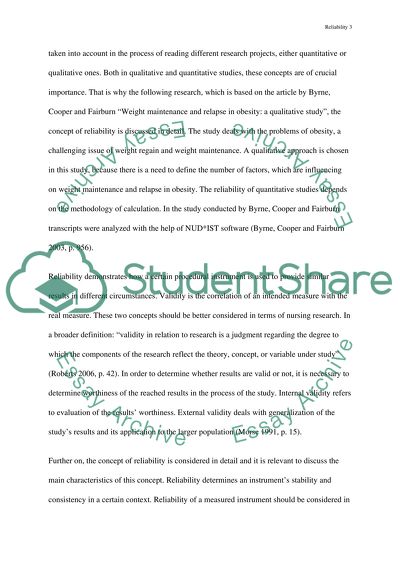Cite this document
(“Reliability, Validity and Trustworthiness in Nursing Essay”, n.d.)
Retrieved de https://studentshare.org/nursing/1450830-describe-the-terms-reliability-validity-and
Retrieved de https://studentshare.org/nursing/1450830-describe-the-terms-reliability-validity-and
(Reliability, Validity and Trustworthiness in Nursing Essay)
https://studentshare.org/nursing/1450830-describe-the-terms-reliability-validity-and.
https://studentshare.org/nursing/1450830-describe-the-terms-reliability-validity-and.
“Reliability, Validity and Trustworthiness in Nursing Essay”, n.d. https://studentshare.org/nursing/1450830-describe-the-terms-reliability-validity-and.


